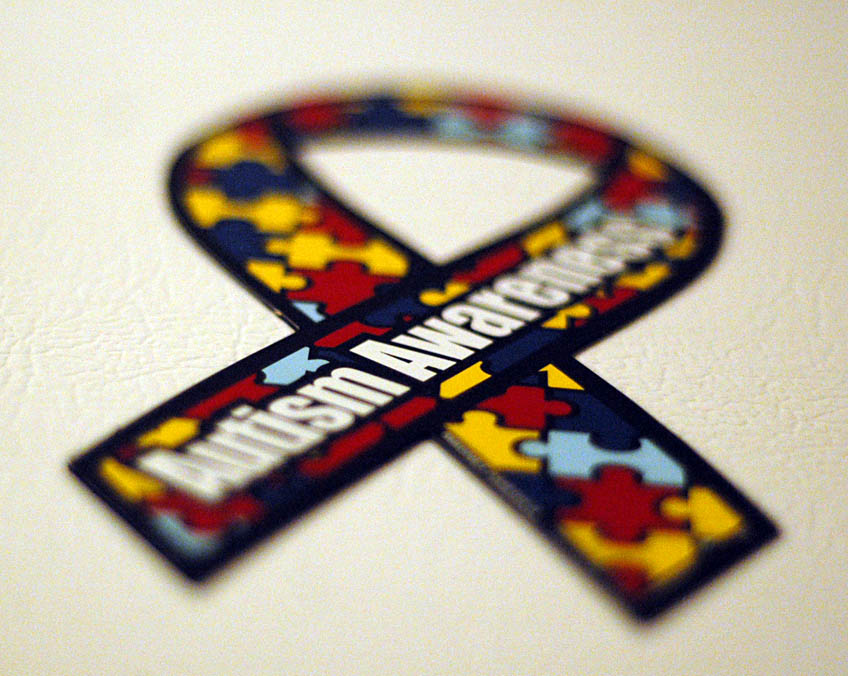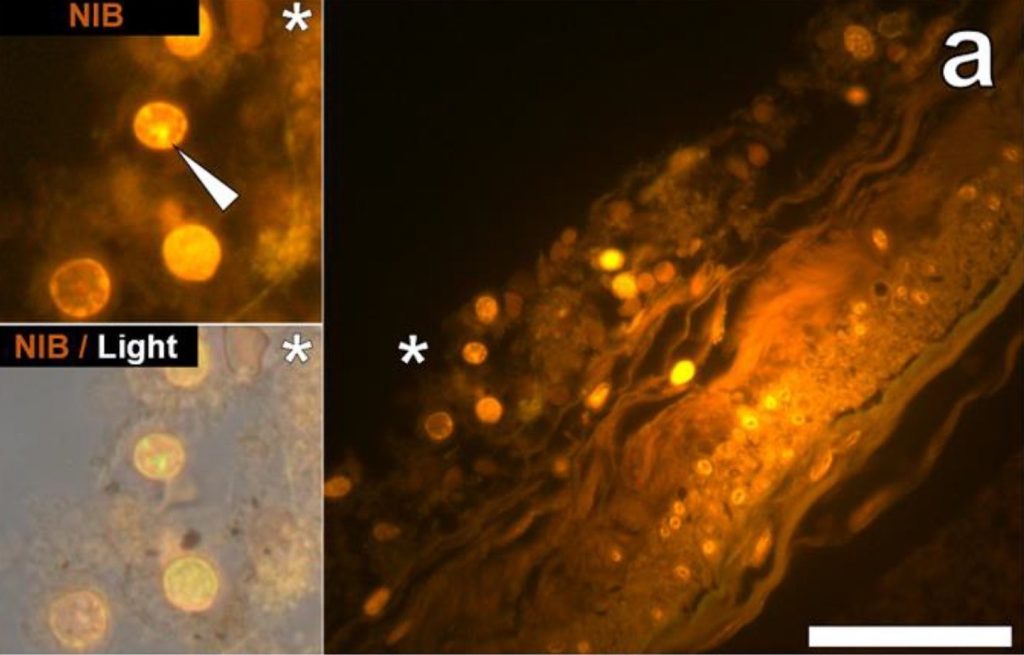Some psychological disorders, such as schizophrenia, tend to be highly heritable, meaning that the disorder is often passed down generationally within a family. Schizophrenia, for instance, is 60-87% heritable; if you were to have schizophrenia, there’s a 60-87% chance that one of your immediate relatives will develop symptoms, too. Similarly, major depressive disorder is 30-40% heritable. Therefore, in order to treat these disorders, its necessary to look at the genes involved. A February 2018 study published in Science found that there is significant overlap in gene expression between autism spectrum disorder, schizophrenia, and bipolar disorder, as well as an overlap between schizophrenia, bipolar disorder, and major depression. The strongest relationship was between schizophrenia and autism spectrum disorder.
Consider gene expression as a construction company. A construction company has a stockpile of materials: concrete, glass, cement, wood, nails, etc. The company has a crew of workers, and the crew is capable of building a variety of houses and apartment buildings. The construction company is analogous to the use of DNA by cells in the brain. The DNA is like the stockpile of materials. The materials are required to build anything, but the possible combinations of materials are endless. The RNA transcription mechanism in the cells is like the crew. The crew chooses which materials to use, and determines how much of each item is necessary for the project. In cells, this system is called “gene expression.” Every cell in the brain has the same DNA, or the same starting materials, but each cell has a different construction crew that decides to use the materials slightly differently; some build houses, some build apartment buildings, some build garages.
Instead of examining the DNA, or the building materials in over 700 cadaver brain samples used in the study, the researchers looked at the gene products, or what the construction crews built. It is unknown whether the gene products found in the brains caused the disorder symptoms, or gradually developed throughout life as the consequence of the disorders. But the study provides useful information regarding what proteins and structural factors manifest in disordered brains, and this information can be used to trace back to an origin point. Director of the UCLA Center for Autism Research and Treatment, and author of the study Daniel Geschwind said, “These findings provide a molecular, pathological signature of these disorders, which is a large step forward.”
The scientists found biological markers that tend to distinguish a brain with autism, for example, from the average brain. In the case of autism spectrum disorder, the study reported an increased activation of the CD11 gene, while another gene called CD2 was especially active in the brains suffering from depression. Additionally, the study mapped gene expression commonalities between brains with the same disorder, essentially establishing a molecular blueprint that can be recognized for diagnosis, and treated more effectively at the molecular level.
Sources:
Gandal, M.J., Haney, J.R., Neelroop, N.P., Leppa, V., Ramaswami, G., Hartl, C., Schork, A.J., Appadurai, V., Buil, A., Werge, T.M., Liu, C., White, K.P., CommonMind Consortium, PsychENCODE Consortium, iPSYCH-BOARD Working Group, Horvath, S., & Gerchwind, D.H. 2018. Shared molecular neuropathology across major psychiatric disorders parallels polygenic overlap. Science 359: 693–697.
Hopper, Leigh. 2018. Autism, schizophrenia, bipolar disorder share molecular traits, study finds. UCLA Newsroom. Retrieved Feb. 26 from http://newsroom.ucla.edu/releases/autism-schizophrenia-bipolar-disorder-share-molecular-traits-study-finds.
Seidel, D.C., Bulk, C., Stanley, M.A. 2017. Abnormal Psychology: A Scientist-Practitioner Approach (4th Edition). Pearson Education [print].


